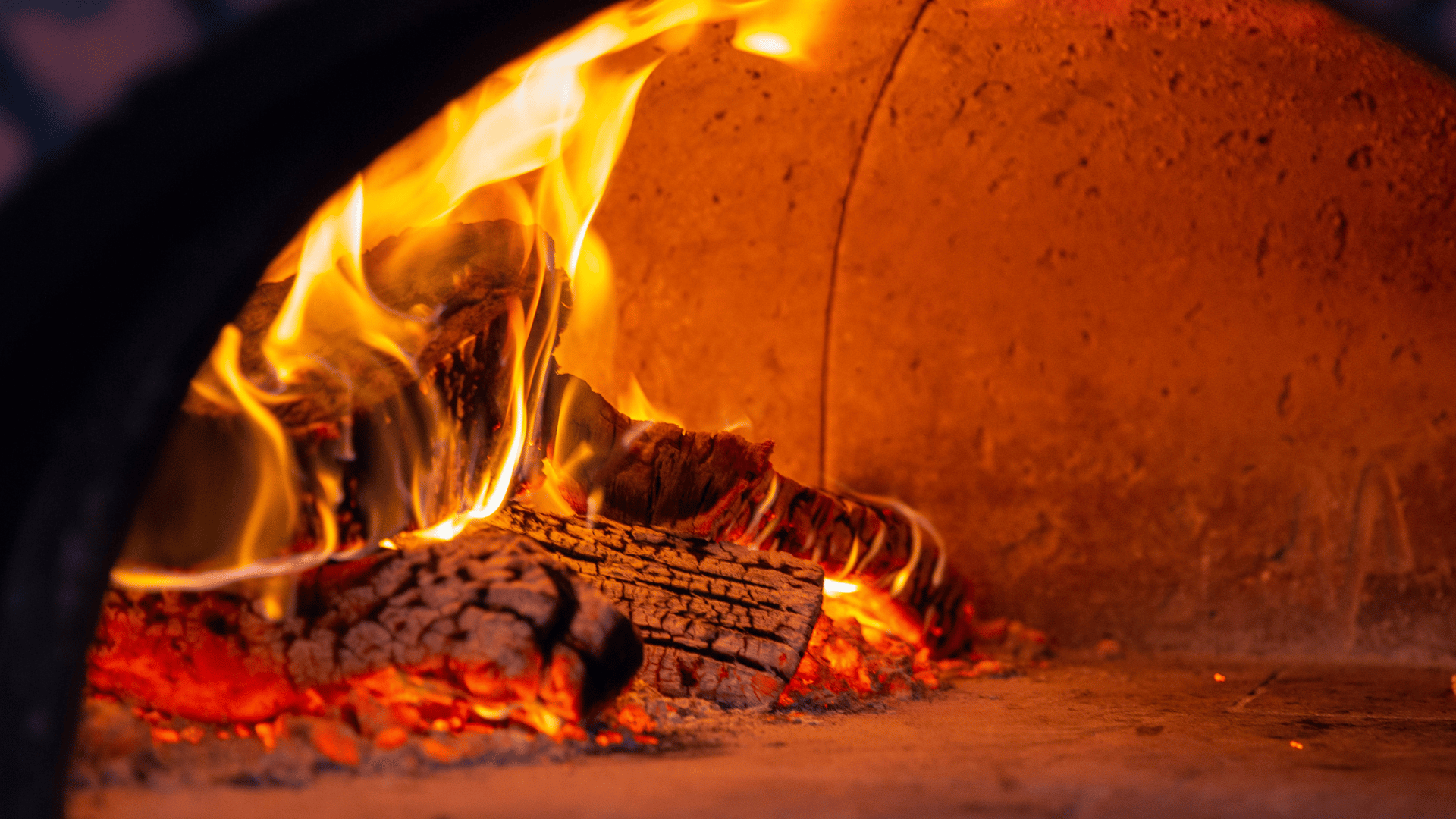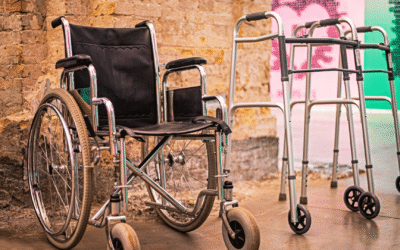Let’s break down the ideal pizza oven heat, cooking temps, and the all-important pizza stone temperature to help you cook like a pro, right in your UK garden.
Top Pizza Oven Thermometers
Why Pizza Oven Temperature Matters
Great pizza depends on high, consistent heat. It’s what creates:
- Puffy, charred crusts
- Evenly melted cheese
- Crisp yet chewy bases
- Quick cook times (usually under 2 minutes)
Traditional Neapolitan pizza is cooked in wood-fired ovens at around 450–500°C, but different styles of pizza and oven types call for different temperature settings.
Ideal Pizza Oven Heat by Pizza Style
| Pizza Style | Oven Temperature | Cook Time |
| Neapolitan | 430–500°C | 60–90 sec |
| New York | 290–320°C | 5–7 mins |
| Thin Crust | 250–300°C | 6–8 mins |
| Deep Dish | 180–220°C | 20–30 mins |
| Calzone | 250–280°C | 6–8 mins |
Tip: Always preheat your oven fully and adjust based on visual cues (like spotting on the crust and bubbling cheese).
Pizza Stone Temperature – Why It Matters
Your pizza stone or baking surface plays a crucial role in crisping up the base. A stone that’s too cool won’t cook the dough properly, while one that’s too hot may scorch the bottom.
Ideal Pizza Stone Temperature:
- Neapolitan pizza: 400–450°C
- New York-style or thicker crust: 260–300°C
- Use an infrared thermometer to check the surface temperature before launching your pizza
Stone temp is more important than ambient oven temp when it comes to cooking the base correctly.
Cooking Temp Guidelines by Oven Type
Wood-Fired Pizza Ovens
- Heat-up time: 30–45 minutes
- Ideal cooking range: 430–500°C
- Requires regular fire management and ash removal
- Best for: Traditionalists and flavour-focused cooks
Gas Pizza Ovens (e.g., Ooni Koda)
- Heat-up time: 15–20 minutes
- Easy to dial into ideal temps
- Best for: Quick weeknight pizzas and precision cooking
Electric Pizza Ovens (Indoor/Portable)
- Max temp varies (usually 300–400°C)
- Great for controlled indoor use
- Best for: All-weather pizza making and beginners
How to Control Pizza Oven Temperature
- Gas ovens: Use the control dial to adjust the flame
- Wood ovens: Add smaller logs to raise heat; open vents to increase airflow
- Charcoal ovens: Control vents and coal amounts to manage heat
- Monitor with a thermometer: Use an infrared gun for real-time stone and dome temps
Safety first: Always let your oven cool completely before cleaning or covering.
Common Mistakes with Pizza Oven Temperature
- Launching too early: Wait until the oven and stone are fully preheated
- Overloading toppings: Can lower surface temperature and cause sogginess
- Not rotating the pizza: Results in uneven cooking (especially in wood ovens)
- Stone not hot enough: Leads to undercooked or stuck bases
Best practice: Always preheat your stone and rotate the pizza midway through cooking.
Final Thoughts
Understanding the right pizza oven temperature for your setup and pizza style is the key to making pizzeria-quality pies at home. Whether you’re chasing blistered Neapolitan crusts or a crispy thin base, hitting the ideal pizza oven heat ensures consistent, delicious results.
Measure your pizza stone temp, preheat thoroughly, and choose your fuel and timing wisely. With the right knowledge and a little practice, you’ll become the master of garden pizza nights in no time.












